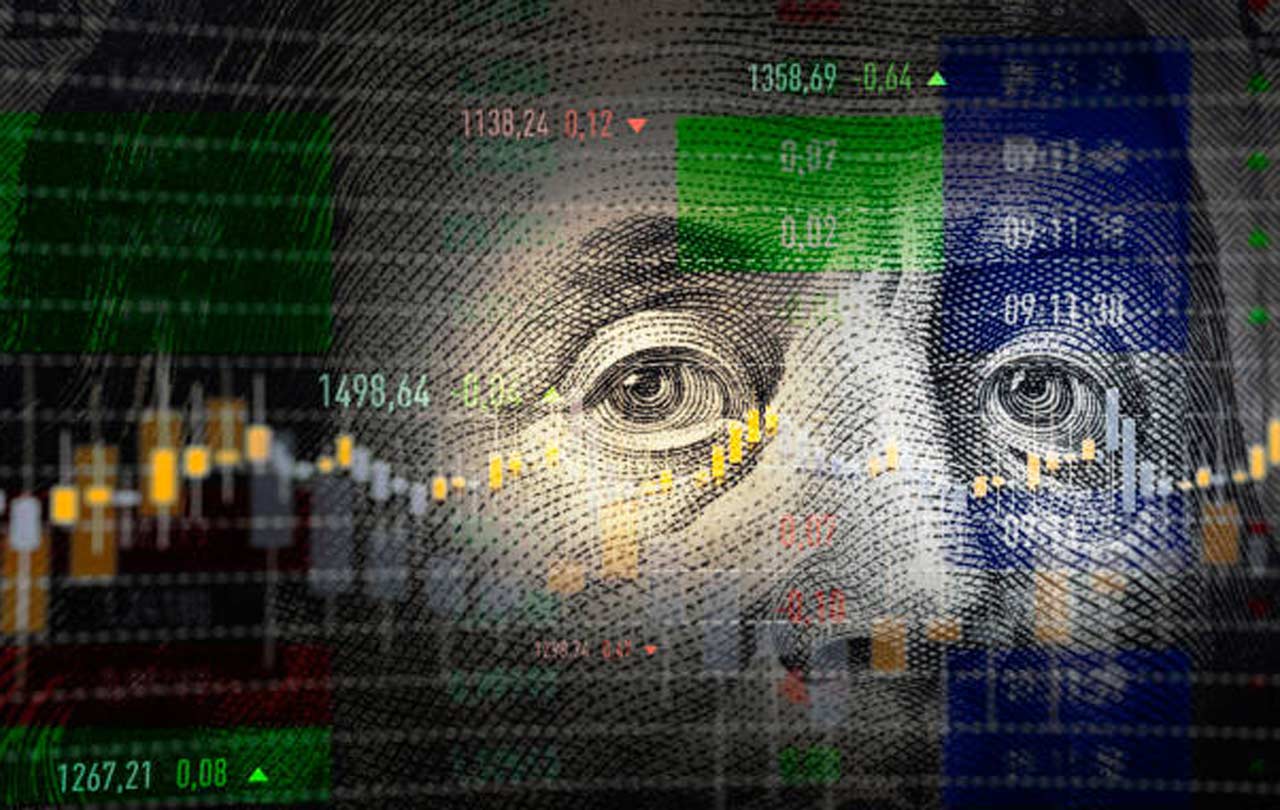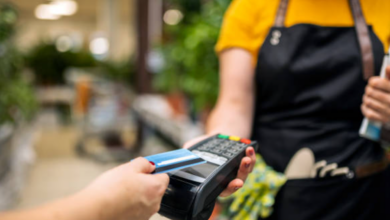
Today, the global economy boasts 180 diverse currencies, and the Forex market, fueled by dealings involving them, stands as the world’s most liquid market.
In this discussion, we delve into the idea of liquidity in the context of the forex market, shedding light on essential characteristics of the industry.
The Essence of Liquidity
As a vital component for all financial entities, liquidity refers to the ease and speed with which an asset can be sold, bought, or converted into cash at stable prices. It significantly influences market dynamics when dealing with financial assets like stocks or tangible assets like real estate.
High liquidity enables quick and efficient transactions, allowing buyers to acquire assets promptly at their actual value. Liquidity is measured by trade volume or pending trades, indicating the balance between supply and demand.
Finding buyers or sellers in a highly liquid market is easy, whereas market illiquidity arises when participant numbers fall, complicating transaction completion.
Realizing the importance of liquidity is paramount for investors, as it directly impacts market stability, reducing risks for traders. A liquid market attracts more participants, fostering favorable conditions where sellers need not lower prices to attract buyers and bidders don’t overpay for desired assets.
Liquidity also influences the bid-offer spread offered by brokers or trading platforms. Highly liquid markets typically feature narrower spreads, while illiquid markets exhibit wider spreads. Identifying liquid or illiquid brokerages is essential; below are three signs to differentiate between them.
See Also: How to Optimize Your Online Shop With Data Mining
3 Signs to Differentiate Liquid & Illiquid Brokerages
An illiquid market experiences varying buying and selling volumes, resulting in unpredictable price movements. Conversely, a very liquid market, often termed deep or smooth, sees minimal price fluctuations.
Traders predominantly operate in liquid markets to effectively manage risks. Identifying liquid brokerages involves examining gaps, indicators, and timing.
Gaps
Forex gaps, often triggered by significant news like interest rate announcements, are more common in markets that trade for only part of the day. Liquid markets, operating 24 hours daily, experience fewer gaps, providing traders with the flexibility to enter and exit freely.
Indicators
Brokers offer liquidity indicators, allowing traders to assess liquid FX pairs by examining chart volume bars. Although brokers display their liquidity data, not the overall market’s, utilizing their data as a reference accurately represents the retail market, depending on the broker’s size.
Timing
As we see, Forex liquidity fluctuates during the whole trading day, with significant support and resistance levels often occurring throughout specific sessions. Awareness of these fluctuations is crucial for short-term traders, as liquidity tends to rise during active sessions, such as London and US sessions.
Aspects Influencing Liquidity
For retail traders, familiarity with spreads and currency pair volatility serves as an indicator of market liquidity. Highly liquid markets exhibit constant price shifts, while sharp price swings characterize low-liquid markets. The number of traded currency pairings also affects liquidity, with certain pairs being more actively traded.
Open 24/7, the forex market witnesses deviations in volatility and liquidity during diverse trading sessions, emphasizing the necessity of awareness when evaluating potential investments.
How do LPs Operate & How To Connect Them?
Broker liquidity providers are crucial in enhancing market efficiency by reducing spreads and eliminating risks. These providers, categorized as Tier 1 and Tier 2, grant access to major financial institutions and banks, respectively. Prime-of-prime liquidity providers, with substantial pools in the FX market, include over-the-counter players and dark pools.
Connecting with a liquidity provider involves:
- Researching and selecting a reputable provider.
- Completing an application form.
- Choosing suitable aggregations and liquidity venues.
This process ensures broader access to funds and facilitates smoother transactions.
Tips To Measure Market Liquidity
While no universal metric measures market liquidity, specific indicators can estimate market depth. Share turnover, trading volume, and bid/ask spread are crucial metrics.
Share turnover gauges liquidity by dividing positions traded by average positions held, trading volume indicates asset frequency, and a narrow bid/ask spread in liquid markets signifies lower transaction fees.
Conclusion
Staying informed about market updates delivers more insights into instabilities influencing volatility and liquidity, facilitating worthwhile operations. A deep understanding of the nuances of liquidity is imperative for productive use of the forex market.








